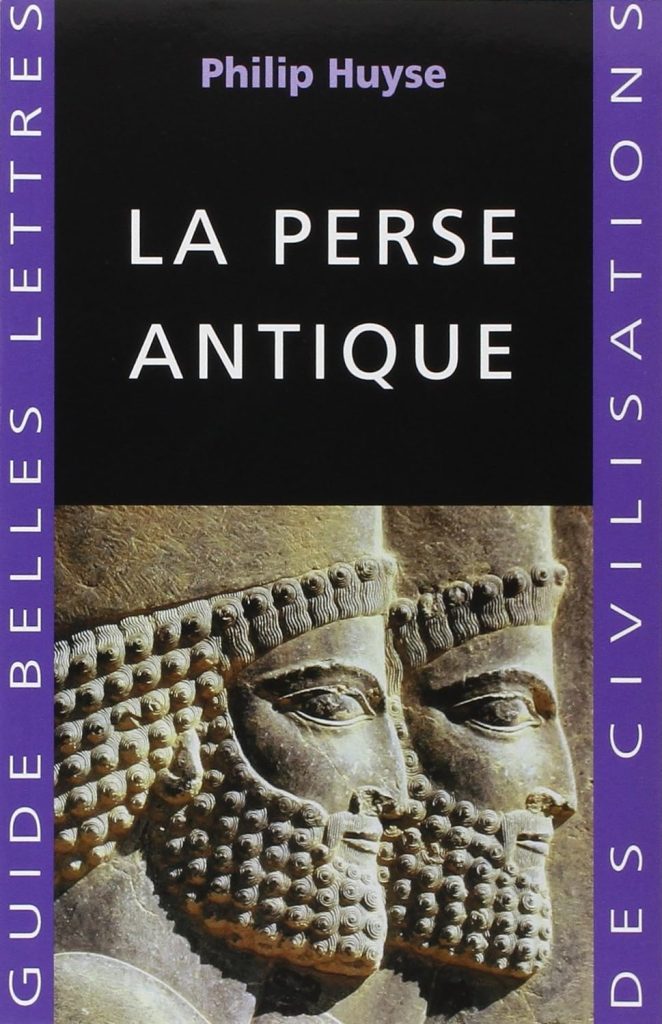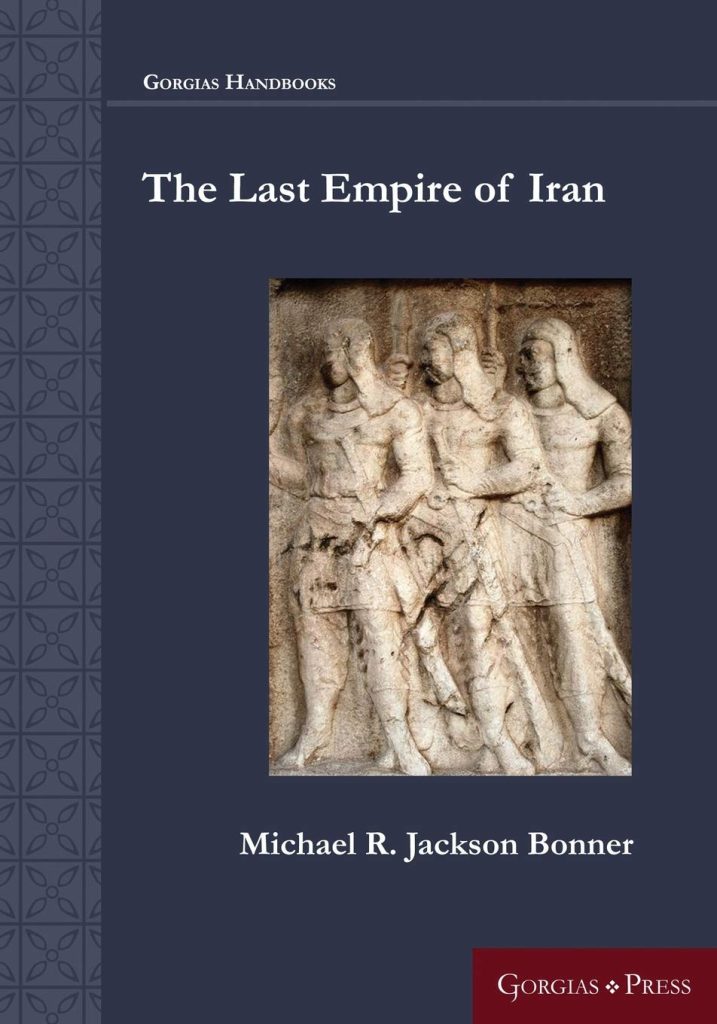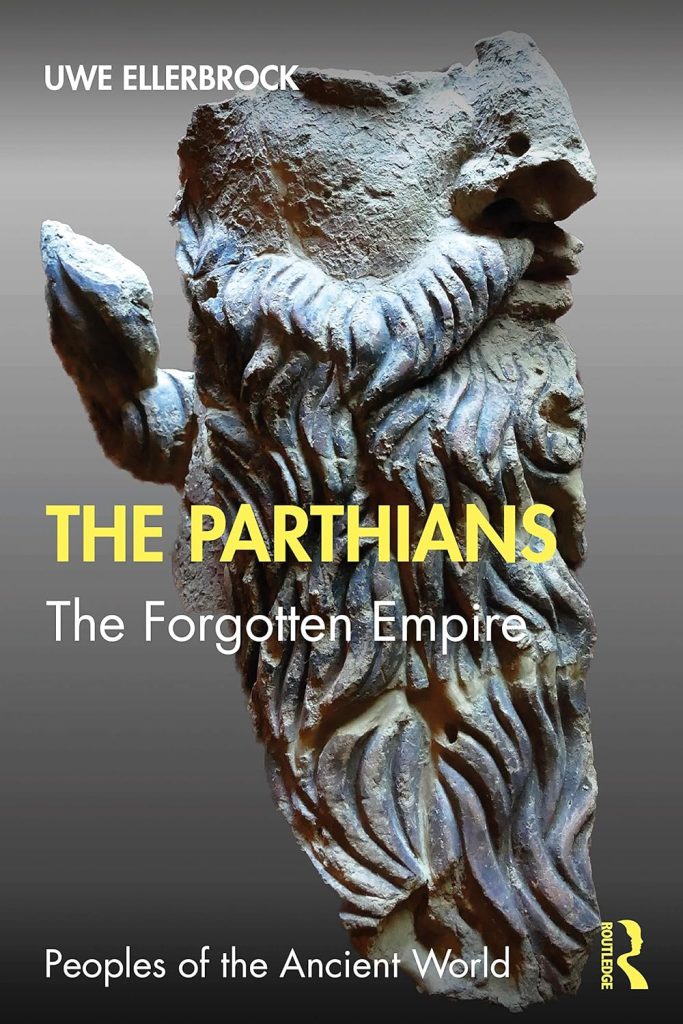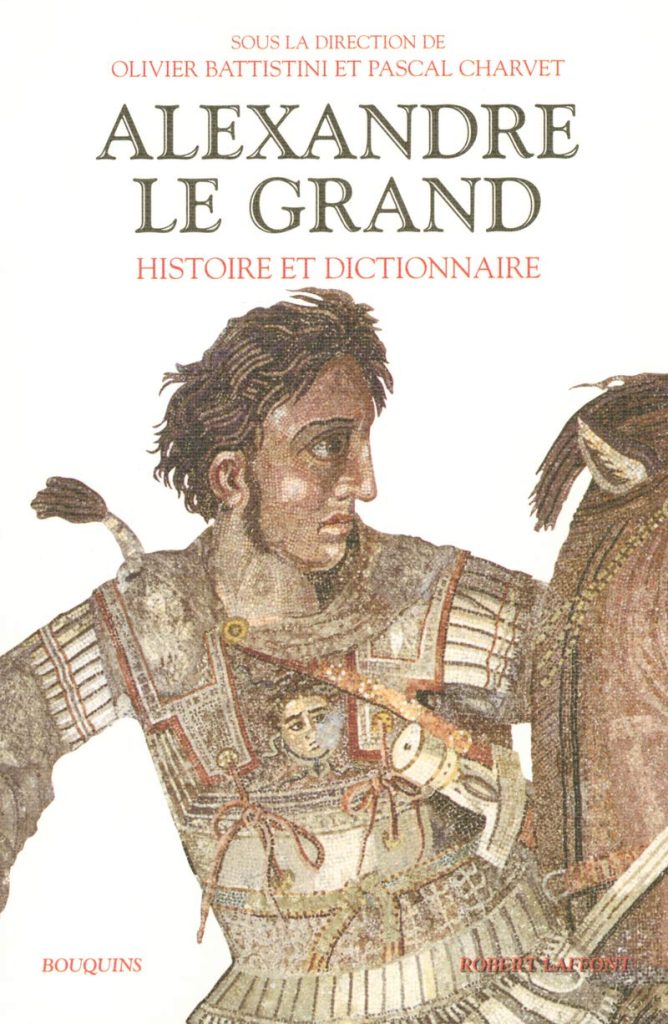Art and glory of the ancient Persian empires
By the time Islam arrived in the middle of the 7th century, Iran had already seen a thousand years of Persian empires. It was also one of the cradles of the Neolithic revolution, which saw the birth of the first agricultural villages, then towns, and finally city-states. While the Elamites (a people of still obscure origin) are credited with the creation of the first cities, it was the Iranians, a people of Indo-European origin who arrived in Iran during the second and first millennia BC, who were responsible for the creation of Persian civilization. After the kingdom of the Medes (7th century BC), the Achaemenids (6th-4th centuries BC) definitively imposed Iranian culture as the dominant culture in the Middle East, founding the first universal empire in history. The conquest of Alexander the Great, who overthrew the Achaemenid Empire, followed by the domination of his heirs, the Seleucids, were only an interlude. The Parthians (2nd-3rd centuries BC) and then the Sassanids (3rd-7th centuries) consolidated the presence of Iranian culture, right up to the present day: if Islam imposed a new religion on the Iranians, they in turn culturally Iranized the Muslim East.
Passing through the major sites of the Elamites (Susa, the ziggurat of Chogha Zanbil, Haft Tapeh) and the Medes (Hamadan, Nush-i Jan), the royal capitals of the Achaemenids (Persepolis, Pasargadae, Susa), the cities, palaces and sacred sites of the Sassanids (Bishapur, Firuzabad, Takht-e Suleyman), this journey invites you to follow in the footsteps of Persia’s earliest civilizations, from the first ziggurats to Persepolis, from Cyrus the Great to Khosrow Parviz.
Takht-e Suleyman – Hamadan – Kermanshah – Shushtar – Suse – Bishapur – Shiraz – Persépolis – Ispahan – Kashan






